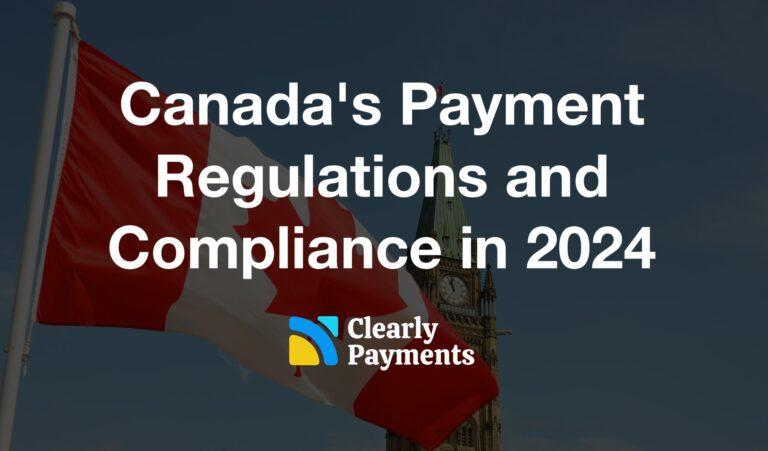Underwriting is an essential part of payment processing. The underwriting process helps payment processors assess the risk associated with processing payments for a particular merchant. By evaluating factors such as the merchant’s business model, financial stability, transaction volume, and chargeback history, payment processors can determine the likelihood of fraud, disputes, or other issues that could result in financial losses.
By carefully evaluating each merchant application, payment processors can identify potential risks early on and take steps to minimize those risks. This may involve setting transaction limits, requiring reserves or collateral, or monitoring the merchant’s account more closely. Ultimately, underwriting helps payment processors protect themselves and their customers from financial losses, while also providing merchants with access to secure and reliable payment processing services.
What is underwriting?
Underwriting is used in various industries and contexts where risk assessment is necessary. Underwriting is essentially determining the risk. Underwriting is commonly used in payments, insurance, real estate, and investment banking, among many other industries.
Underwriting in payment processing refers to the process of evaluating the risk associated with a merchant account and deciding whether to approve or decline the merchant’s application for payment processing services.
During the underwriting process, payment processors review financial stability, credit history, transaction volume, and chargeback history, to determine the level of risk associated with processing payments for that merchant. Based on this assessment, the payment processor may approve the merchant for payment processing services, set restrictions or reserves on the merchant’s account, or decline the merchant’s application altogether.
The underwriting steps in payments
The exact steps involved in underwriting for payment processing can vary depending on the specific payment processor and the merchant’s situation. However, here are some general steps that are commonly involved in the underwriting process for payment processing:
- Application: The merchant submits an application for payment processing services to the payment processor.
- Review of application: The payment processor reviews the merchant’s application and verifies the information provided, such as the business name, legal structure, and contact information.
- Risk assessment: The payment processor assesses the level of risk associated with processing payments for the merchant. This may involve reviewing the merchant’s business model, transaction volume, chargeback history, and financial stability.
- Approval decision: Based on the risk assessment, the payment processor decides whether to approve the merchant’s application for payment processing services. If approved, the payment processor will typically set up a merchant account and provide the necessary equipment or software for processing payments.
- Underwriting restrictions: In some cases, the payment processor may set restrictions on the merchant’s account, such as transaction limits, reserves, or higher fees to mitigate the risk associated with processing payments for that merchant.
The underwriting process for payment processing is designed to assess the level of risk associated with processing payments for a particular merchant and take steps to mitigate that risk as needed. It takes 15 minutes to 24 hours depending on the complexity of the business. Some companies like TRC-Parus will do immediate auto-approval for certain merchants.
The future of underwriting in payments
The future of underwriting in payments is likely to be shaped by several key trends in the industry. Here are some potential developments that could impact the future of underwriting.
AI (artificial intelligence) technologies such as machine learning and predictive analytics are already being used in underwriting to analyze large amounts of data and identify patterns that may indicate fraud or other risks. As these technologies become more advanced, they may play an even larger role in underwriting in the future.
Payment processors will also increasingly rely on real-time monitoring of transactions to identify potential fraud or other risks. This could involve using advanced algorithms and machine learning to detect unusual activity or patterns that may indicate fraudulent behavior.
Payment processors will also increasingly look to alternative data sources, such as social media profiles or online reviews, to supplement traditional credit and financial data in their underwriting processes. This could provide a more complete picture of a merchant’s risk profile and help identify potential risks early on.
There has been a general trend to increase collaboration of information sharing. Payment processors may increasingly collaborate and share information with other industry stakeholders, such as banks and law enforcement agencies, to identify and mitigate risks more effectively. This could involve sharing data and best practices to improve underwriting processes and reduce fraud and other risks. You can see this trend in banking with Open Banking.
Overall, the future of underwriting in payments is likely to be shaped by a combination of technological advancements, changes in data sources and analytical methods, and greater collaboration across the industry. These developments will be important for helping payment processors manage risk effectively and ensure the safety and security of payment processing for merchants and consumers alike.




